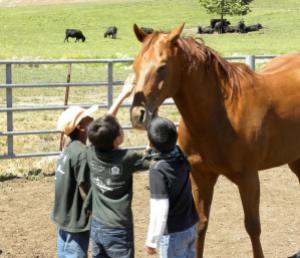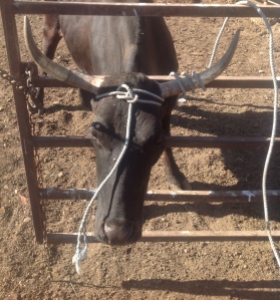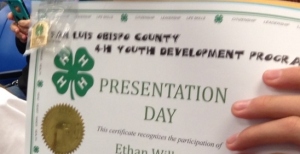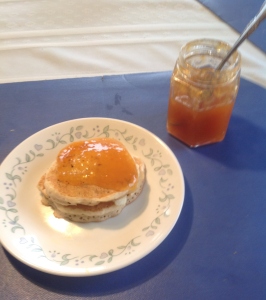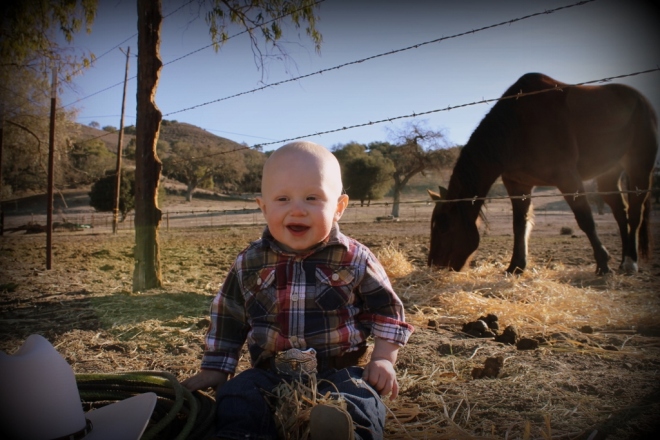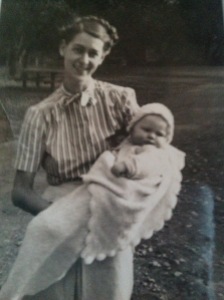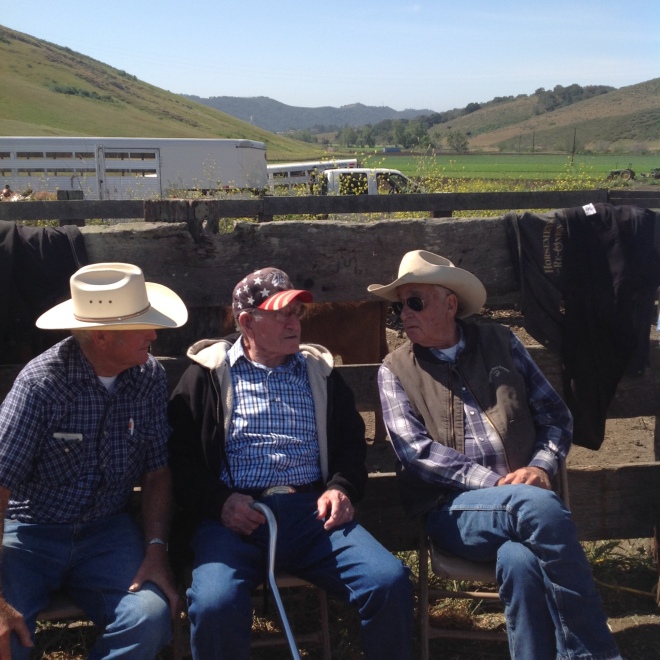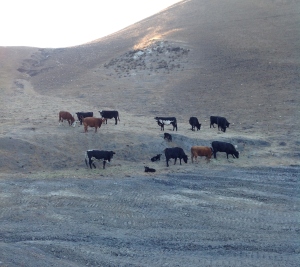
“Each day is one day closer to a rainy day,” exclaims Connie Willems of Grieb Ranch in Arroyo Grande. She continues to be hopeful as we all pray for rain. “Any amount of rain is considered a blessing for this ranch. 2013 -14 were some of the driest years in our local history and the driest in 85 year-old Carl Grieb’s life-time. The state has declared SLO County a natural disaster area due to the horrific drought.”
“The current drought on the Central Coast has made a big impact on my life and family, “ continues Connie, “Last year with no affordable food for the cattle and no grass on the hills we shipped cattle to sell and also shipped a few to Oregon to put on pasture.” The 2015 feed year started out promising as local ranchers got rain before Thanksgiving to green up the hills; then the rains stopped. So once again in 2015, we are experiencing a severe drought.
Connie went on to explain how Grieb Ranch has coped, “This year we again reduced the numbers in our cow herds by selling all the older cows and the open (not pregnant) cows. We also weaned the calves early and put them on permanent pasture in a different area. We have a little feed, but water has been the bigger issue. The stock ponds strategically dispersed over the range to shorten the distances cattle walk to get water are now dry. To help with the drought we found a spring and then developed a delivery system to pipe water up a hill using a 1000 ft of pipe. Now the natural springs are slowing down and it is only April.”

Stock water ponds should be full.

Water troughs are consistently low.
In the article, Drought and Grazing by Royce Larsen, Area Watershed/Natural Resource Adviser through UC Cooperative Extension says, “There is no such thing as an average year, which makes management decisions very difficult. We have to live with wet years and dry years . . . Many refer to the average of an area for making management plans. However, the average rainfall in SLO County is not a very good indicator for planning ranch activities like forage production, cattle numbers and other agricultural crops. . . For more practical purposes, the years that are below the average determine what and how much forage can be produced on the ranch, and number of cattle that can be grazed on a sustainable basis.”
It will be interesting to see if this current drought is worse than the great drought of 1862-1865 that wreaked havoc on the state and the cattle industry. Half of the cattle in the state died as a result of that long drought, and large numbers of cattlemen were forced out of business – forever changing the way the ranching industry did business in California. There are stories of driving cattle over the cliffs into the ocean to save them from suffering. In other years, creative foraging was introduced. We understand that trees were cut down so the cattle could eat the leaves.
Royce Larsen also states, “We have had severe droughts eight times since 1869, or approximately once every 17 years. But none of these have lasted for three years in duration like the 1862-1865 drought did.” Royce goes on to say, “Based on 137 years of rainfall data, we can expect a drought that creates feed shortages about every six years on average.”
The current drought, 2013 -2015, mimics the great 1862-1865 drought. These conditions force modern ranchers to get creative and have permanently impacted California ranching for years to come.
“Since the water year is not yet over there is a small chance we could get more rain,” states Royce.
Cal Poly Rain Data
For more rain data information and for current data check out the following websites:
Dept. of Public Works , City of Paso Robles,
Cal Poly Irrigation Training and Research Center






